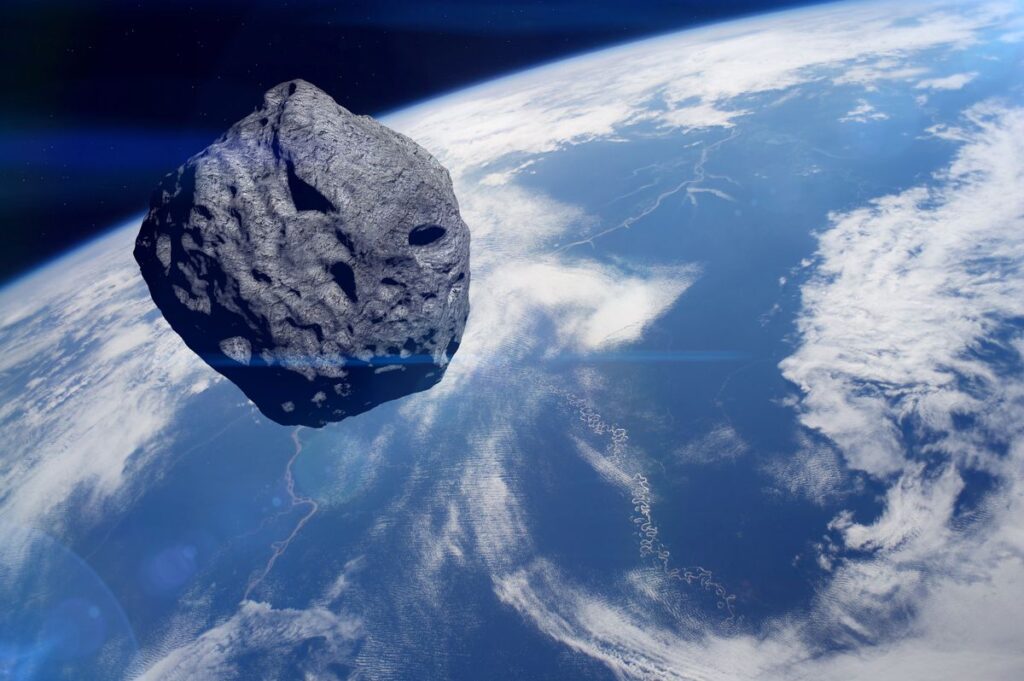
A “potentially hazardous” asteroid the size of a football stadium will zoom past our planet in the early hours tomorrow morning (Dec. 4) — and you can watch it live.
The gigantic space rock, which is traveling at roughly 27,500 miles per hour (44,300 kilometers per hour), will reach a minimum distance of 1.37 million miles (2.2 million kilometers) from Earth at 0:27 ET — its closest approach to our planet on record, according to NASA’s Jet Propulsion Laboratory (JPL).
The historic flyby can be watched via a free livestream from the Virtual Telescope Project (VTP) which starts at 13:30 ET today (Dec. 3). 2020 XR will also be visible to 8 inch (20 centimeter) telescopes, according to a statement by the European Space Agency (ESA).
Asteroid 2020 XR is classified by NASA as a near Earth object, or NEO, meaning that its orbit sometimes brings it within 1.3 astronomical units (AU) of the sun — equivalent to 1.3 times the average distance between the sun and Earth.
Any NEOs that approach within 4,650,000 miles (7,500,000 km) of Earth and are larger than 500 feet (150 meters) in diameter are considered to be “potentially hazardous.” However, the flyby on Dec. 4 does not pose any threat to our planet.
Related: NASA’s most wanted: The 5 most dangerous asteroids to Earth
“When astronomers first discovered 2020 XR, they thought it had a small chance of impacting Earth in 2028,” Juan Luis Cano, coordinator of the ESA’s Near-Earth Object Coordination Center, said in the statement. “But by going back and finding the asteroid in older data, they were able to refine its trajectory and rule out any hazard.”
The asteroid measures approximately 1,200 feet (366 m) in diameter, making it large enough to wipe out a small city.
The space rock last approached Earth in December 1977 — before it was discovered. However, at the time, its minimum distance was roughly 10 million miles (16 million km) further away than what is expected during tonight’s encounter, JPL estimates.
2020 XR is not expected to approach this close again until at least the year 2196. It is next forecast to fly past our planet in November 2028. However, the minimum distance will be much further away, at an estimated 11.3 million miles (18.2 million km).
